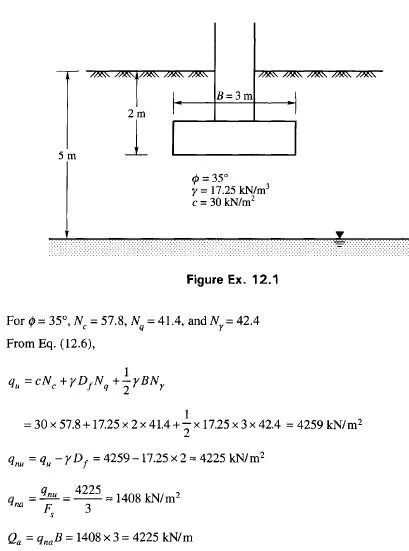Rocks encountered in nature might be igneous, sedimentary or metamorphic. Granite and basalt belong to the first group. Granite is primarily composed of feldspar, quartz and mica possesses a massive structure. Basalt is a dark-colored fine grained rock. Both basalt and granite under unweathered conditions serve as a very good foundation base. The most important rocks that belong to the second group are sandstones, limestones and shales. These rocks are easily weathered under hostile environmental conditions and arsuch, the assessment of bearing capacity of these types requires a little care. In the last group come gneiss, schist, slate and marble. Of these rocks gneiss serves as a good bearing material whereas schist and slate possess poor bearing quality.
All rocks weather under hostile environments. The ones that are close to the ground surface become weathered more than the deeper ones. If a rocky stratum is suspected close to the ground surface, the soundness or otherwise of these rocks must be investigated.
Joints are common in all rock masses. This word joint is used by geologists for any plane of structural weakness apart from faults within the mass. Within the sedimentary rock mass the joints are lateral in extent and form what are called bedding planes, and they are uniform throughout any one bed within igneous rock mass. Cooling joints are more closely spaced nearer the ground surface with wider spacings at deeper depths. Tension joints and tectonic joints might be expected to continue depth wise. Within metamorphic masses, open cleavage, open schistose and open gneissose planes can be of considerably further lateral extent than the bedding planes of the sedimentary masses.
Faults and fissures happen in rock masses due to internal disturbances. The joints with fissures and faults reduces the bearing strength of rocky strata. Since most unweathered intact rocks are stronger and less compressible than concrete, the determination of bearing pressures on such materials may not be necessary. A confined rock possesses greater bearing strength than the rocks exposed at ground level.


